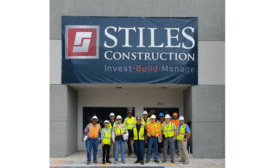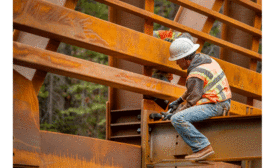Construction Industry Safety and Health
A NIOSH Science Blog post
Wearable technologies for improved safety and health on construction sites
Scott Earnest PhD PE CSP
John Snawder PhD, DABT
Capt. Alan Echt DrPH, CIH
Elizabeth Garza
Rick Rinehart ScD
November 18, 2019
Never miss the latest news and trends driving the safety industry
eNewsletter | Website | eMagazine
JOIN TODAYCopyright ©2024. All Rights Reserved BNP Media.
Design, CMS, Hosting & Web Development :: ePublishing










